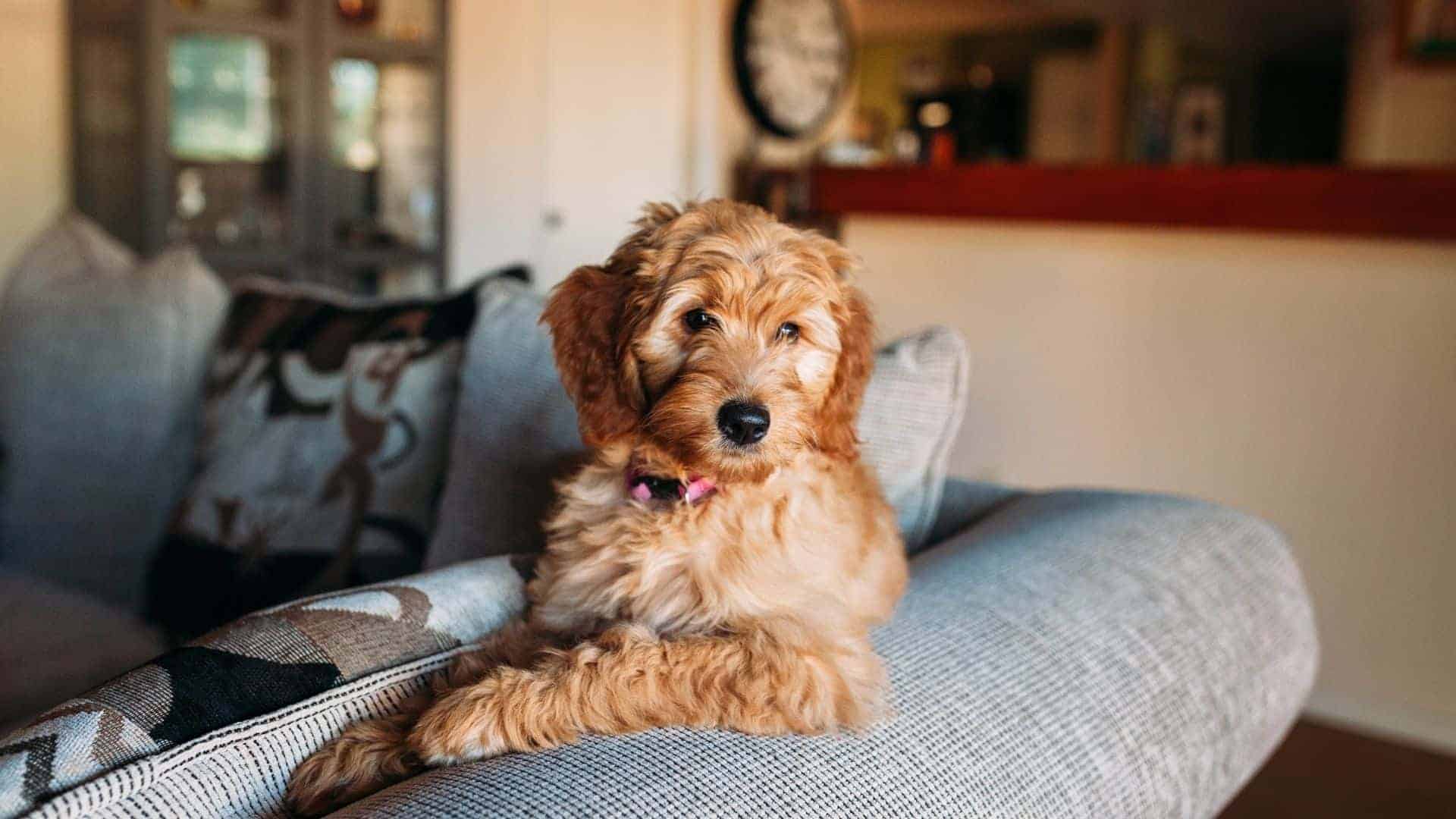Essential Guide to Assembling an Emergency Kit for Your Pet
- August 13, 2024
- Home Owners, Pets
In an emergency, the safety and well-being of your pet should be a top priority. Just as you would prepare… Read More

Managing separation anxiety is very important. It happens when a dog that’s super-attached to their owner gets super-stressed when left alone. Dogs with this condition will often display a range of symptoms including: excessive barking, tearing apart/chewing items such as furniture to pieces, trying to escape whilst being left alone, sweaty pads, trembling or shaking, house soiling
It’s important to resolve the issues your dog has with separation anxiety, before you get a house sitter to take care of them whilst you are away. Not doing so would results in a range of difficulties for not only the house sitter, but you as the home owner as well.
Below we have put together a few tips to help with separation anxiety in your pooch.
It’s always a good idea to make time for a walk or jog with your dog before you leave them unattended. This will tire out your pooch so that he/she will be resting by the time you head out. A tired, happy dog will be less stressed when you leave. Make sure you provide ample amounts of food and water on your return. It is also a good idea to challenge your pet’s mind with training, games and fetch.
It may sound pretty harsh and can be difficult, however making your comings and goings low-key without a lot of greeting does help.
You need to show your dog that you leaving has no impact on the relationship between you two. Spare some time before you leave to pay attention to your dog. This gives you the chance to say ‘goodbye’. The opposite can be done when you return home, just leave lots of time between arriving home and actually interacting with your dog!
Giving your dog a special treat each time you leave (such as toy stuffed with peanut butter) will keep them both distracted and entertainment whilst you leave and are away. Make sure to only give them this special treat when you’re gone, and take it away when you get home.
Start small by pretending that your going away. Chances are your dog is watching very closely to make sure you don’t leave them! Put on your shoes, pick up your keys and go about your normal “going out” routine but don’t actually leave. Do something else like sitting at the table or watching TV. Try this a couple of times until you notice that you dog is no longer as anxious or stressed out. Then you can take it up a notch by just stepping outside and closing the door behind you for few seconds before coming back in. Continue to gradually increase the time and distance you walk from the door. Eventually you should be able to be apart for a few minutes, then increase it to more, and then even longer as you keep going along. It’ll be difficult at first but as your dog gets used to it you will soon see the results!